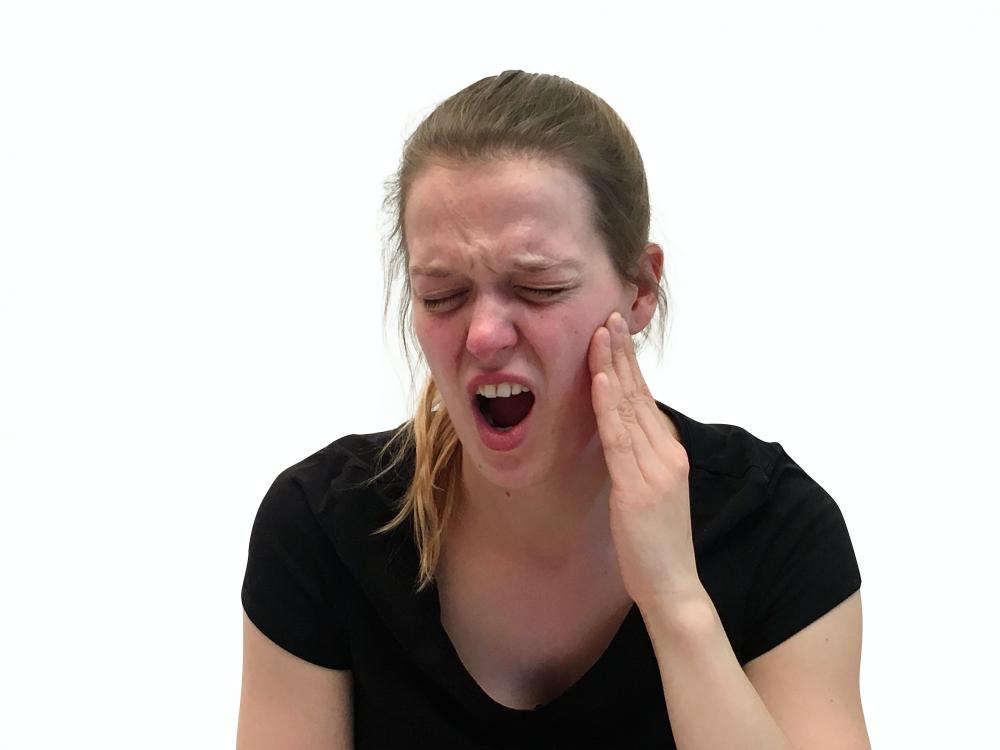When chewing is painful

Approximately one third of the population has a painless clicking in the joint. As long as no pain is connected and the movements of the jaw are not restricted, this clicking can generally be regarded as unproblematic.
If, however, pain occurs over the joint, partly with radiation into the temporal muscle, or if the mouth opening is restricted, this should be examined.
Frequently, such complaints are due to a displacement of the joint disc. Depending on the degree of displacement, the clickling sound can also disappear and the pain remains above the joint, accompanied by a painfully restricted mouth opening.
The distinction between a clicking noise and a friction noise/grinding noise above the joint can indicate articular arthrosis.
A targeted treatment for temporomandibular joint complaints requires an in-depth diagnosis, based on a precise assessment. Within the framework of the selected treatment strategy, the greatest possible value for the patient is then sought. Therefore, whenever treatments are made on the basis of the disease pattern, attempts are made to achieve relief in the temporomandibular joint and to improve the condition in the medium term with so-called conservative forms of therapy (splint and/or physiotherapy). Such conservative treatments are often associated with special drug therapy and the observance of certain recommendations for everyday behavior (e.g., preference for soft food, avoidance of chewing gum, etc.). In cases of an already-advanced disease pattern, which is shown in particular by the fact that the mentioned conservative therapy measures will not provide any benefit and therefore unsuitable, recommendations include a rinsing of the temporomandibular joint (lavage), arthroscopy (mirroring of the joint) under short anesthesia, or open temporomandibular joint surgery, by means of which the joint discs are brought into the correct position again can be indicated. In advanced cases in which the joint disc is severely damaged, the disc can be replaced by the body’s own tissue.




